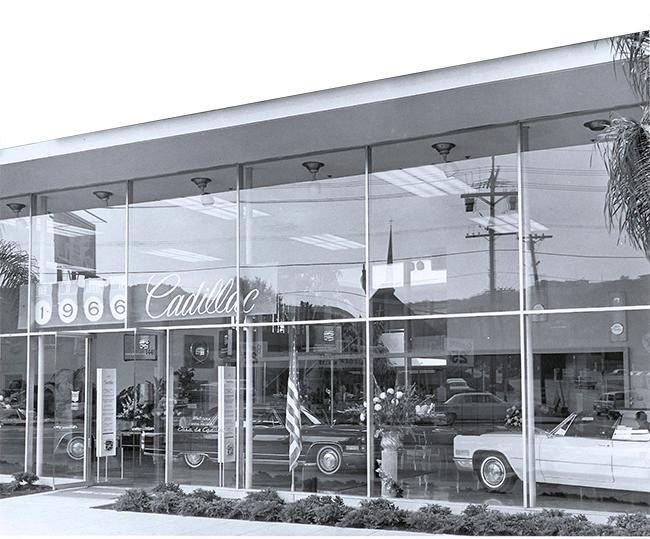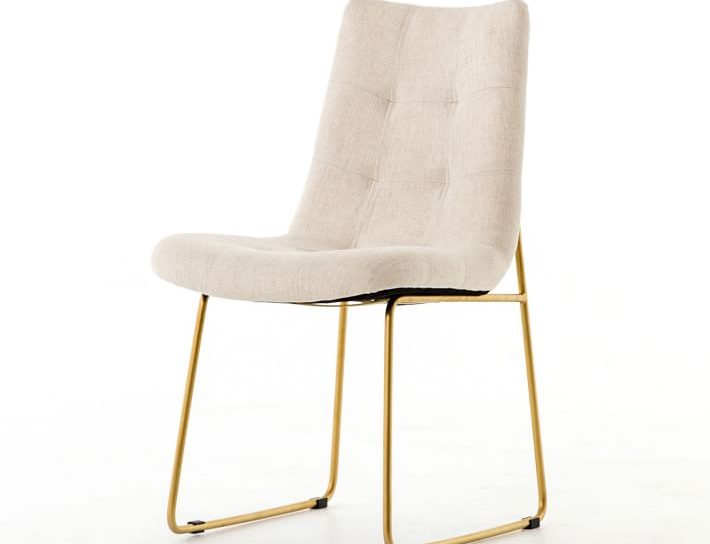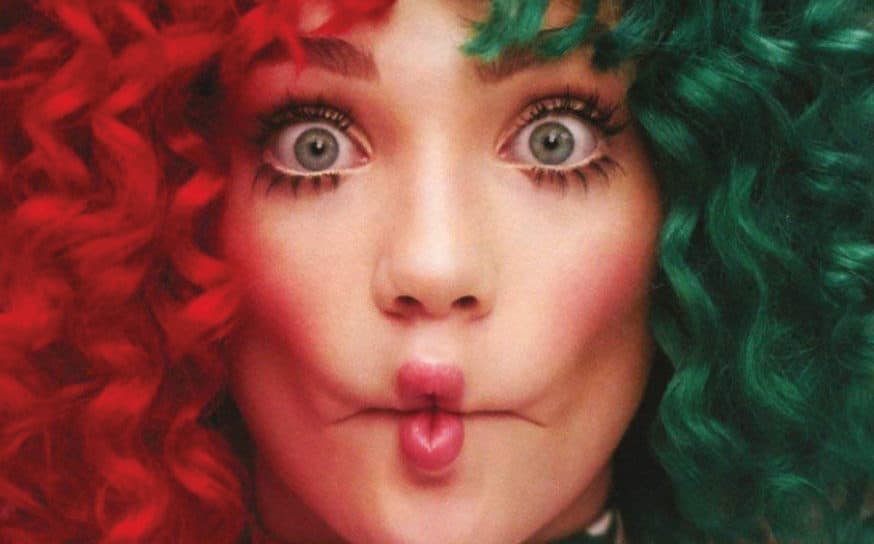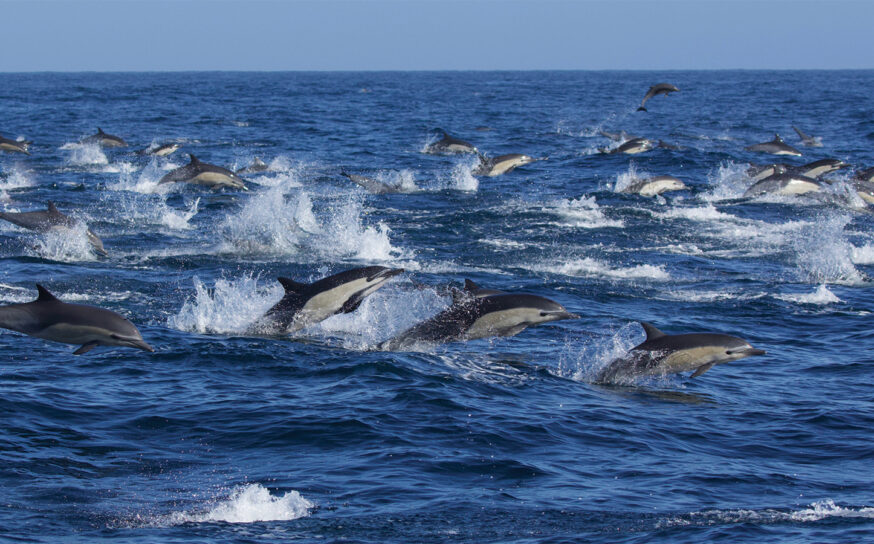
Iconic Caddy Shack
A historic Valley car dealership gets an impressive makeover.
-
CategoryPeople
-
Written byPauline Adamek
The atomic age, the space race, the prospective colonization of the moon—the post-war years of the mid-20th century ushered in a thrilling era. And it was all reflected in contemporary architecture.
Suddenly, everyone was in love with curvy boomerang shapes, sleek flying saucer domes, whirling atoms and elegant, sweeping parabolas. Dubbed “Googie” architecture, this quirky form of design placed emphasis on curvaceous, upswept rooflines, wacky geometric shapes and the fusing of steel, neon and glass.
The car culture met the jet-set Space Age at Casa de Cadillac. The glamorous Ventura Boulevard showroom opened as a branch of Don Lee Cadillac in 1949. Like Bob’s Big Boy in Burbank, the sleek and retro architectural style of Casa de Cadillac exemplifies the “populuxe” aesthetic.

As you might have noticed while driving by the landmark venue, the dealership’s owners have recently restored the charm with a meticulous renovation. It was the Cadillac executives who sparked the renovation. “The company was going through a renaissance of their own, including a whole new facility image program,” says general sales manager Greg Anderson.
Over the course of two and one-half years, the painstaking restoration preserved the best aspects of the structure—including the original 1949 terrazzo flooring.
The 1994 Northridge earth-quake took out almost all the building’s massive picture win- dows. Explains Greg, “Back then, they were replaced by 8-foot-by-4-foot glass panes, as that was all that was available. Now we have restored these beautiful, big, 8-foot-by-8-foot windows with 3/4-inch glass that’s almost soundproof.”
 Also preserved was the original lanai-style courtyard, with the addition of a 3,000-pound piece of Vietnamese basalt—a massive igneous boulder—forming a gentle fountain. Extolling the virtues of this “three little acres of heaven,” Greg adds, “This place is the same, only better, because we’ve modernized it quite a bit.”
Also preserved was the original lanai-style courtyard, with the addition of a 3,000-pound piece of Vietnamese basalt—a massive igneous boulder—forming a gentle fountain. Extolling the virtues of this “three little acres of heaven,” Greg adds, “This place is the same, only better, because we’ve modernized it quite a bit.”
Anderson reveals that the dealership embarked upon a “huge fight” to preserve the graceful neon signage. “That’s not Cadillac’s script any more. But they saw the value of it and allowed us to keep it.”
The chic dealership was originally designed in 1948 by Randall Duell. His vision was governed by the aesthetics of “Streamline Moderne”—pure horizontal lines and aerodynamic curves—that he topped with an iconic monument sign.
Eighty-two feet of crisp, blazing white neon lettering spelled “Casa de Cadillac” in exactly the same font that was displayed on the front fender of the 1949 Coupe de Ville. In fact, this venue remains the last place in the country that you can still see that ancient Caddy script. All other dealerships sport Cadillac’s later, more cursive and curlicue design.
 Back then, the corner of Beverly Glen and Ventura became known as “the Casa Corner,” as there were three connected businesses: Casa de Cadillac, Casa de Petrol (then a gas station, now a floral shop) and Casa de Cascade Car Wash (now the Handy J Car Wash). Casa de Petrol is infamous for being the place where James Dean fueled his Porsche on the day of his death in 1955.
Back then, the corner of Beverly Glen and Ventura became known as “the Casa Corner,” as there were three connected businesses: Casa de Cadillac, Casa de Petrol (then a gas station, now a floral shop) and Casa de Cascade Car Wash (now the Handy J Car Wash). Casa de Petrol is infamous for being the place where James Dean fueled his Porsche on the day of his death in 1955.
The same family has owned the dealership since the early ‘60s. James Wilson was the president of Casa de Cadillac from 1963 until 2008, when he passed ownership to his daughter and son-in-law, Susan and Howard Drake.
Howard currently runs daily operations. He enthusiastically points out modern innovations, such as the service center and workshop roof that is tiled with solar paneling. “That’s 35,000 square feet—almost an acre.” Now solar power is used to run the facility, even supplying excess electricity back to the grid.
A masterpiece of mid-century design now infused with the state of the art technology, Casa de Cadillac endures as an architectural treasure in the San Fernando Valley.











